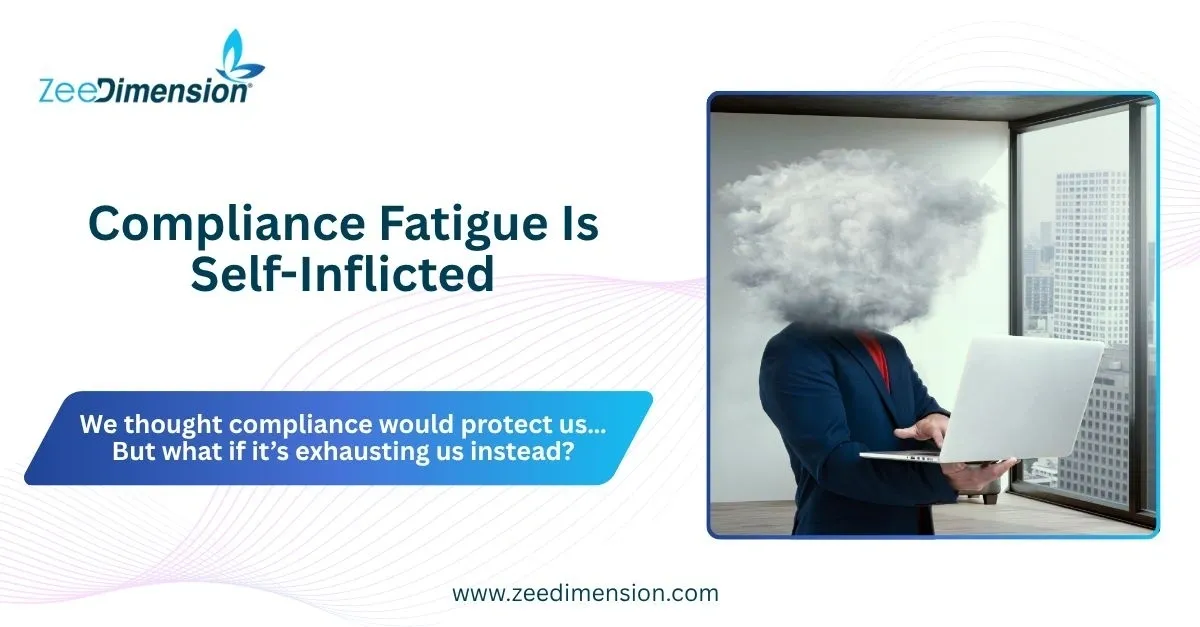
We thought compliance would protect us… But what if it’s exhausting us instead?
The Hidden Problem in GRC
-
Auditors are increasingly finding this: Duplicated controls
-
Manual, outdated checklists
-
Tasks that no longer reflect real risks
It’s not regulation that’s draining teams—it’s overengineered compliance.
When Good Intentions Go Bad
Every new rule becomes a new policy.
Every policy spawns new controls.
Every control adds:
-
Workload
-
Burnout
-
Cost
Welcome to the compliance treadmill.
Fatigue Starts with Inertia
Many controls survive simply because: “We’ve always done it this way.”
“It’s on the calendar.”
“It’s required… probably.”
No one stops to ask: Does this still matter?
The Auditor’s Blind Spot
Audits often ask: Is the control effective?
But rarely ask:
-
Is it necessary?
-
Is it still aligned with the risk?
-
Is it duplicating something else?
That’s where real fatigue hides.
ESG, Cyber, and Privacy Are Drowning
-
ESG: Juggling multiple frameworks
-
Cyber: Layering controls without strategy
-
Privacy: Manual processes that tech can fix
These teams are overloaded and under-protected.
From Control Bloat to Control Intelligence
Fix the fatigue with:
-
Rationalizing outdated controls
-
Prioritizing by actual risk
-
Automating where possible
-
Listening to compliance teams
Smarter compliance = Sustainable compliance.
Auditors: Start Asking “Why?”
Don’t just verify.
-
Challenge.
-
Simplify.
-
Modernize.
Protect the protectors by removing what no longer serves.
If Compliance Is a Burden, It’s Broken
Burnout isn’t just a wellness issue.
It’s a risk issue.
Fatigued teams miss red flags.
Redundant controls block real progress.
Comment below
What’s the most outdated or pointless control you’ve seen still in use?
Share this to help others rethink their compliance clutter.







